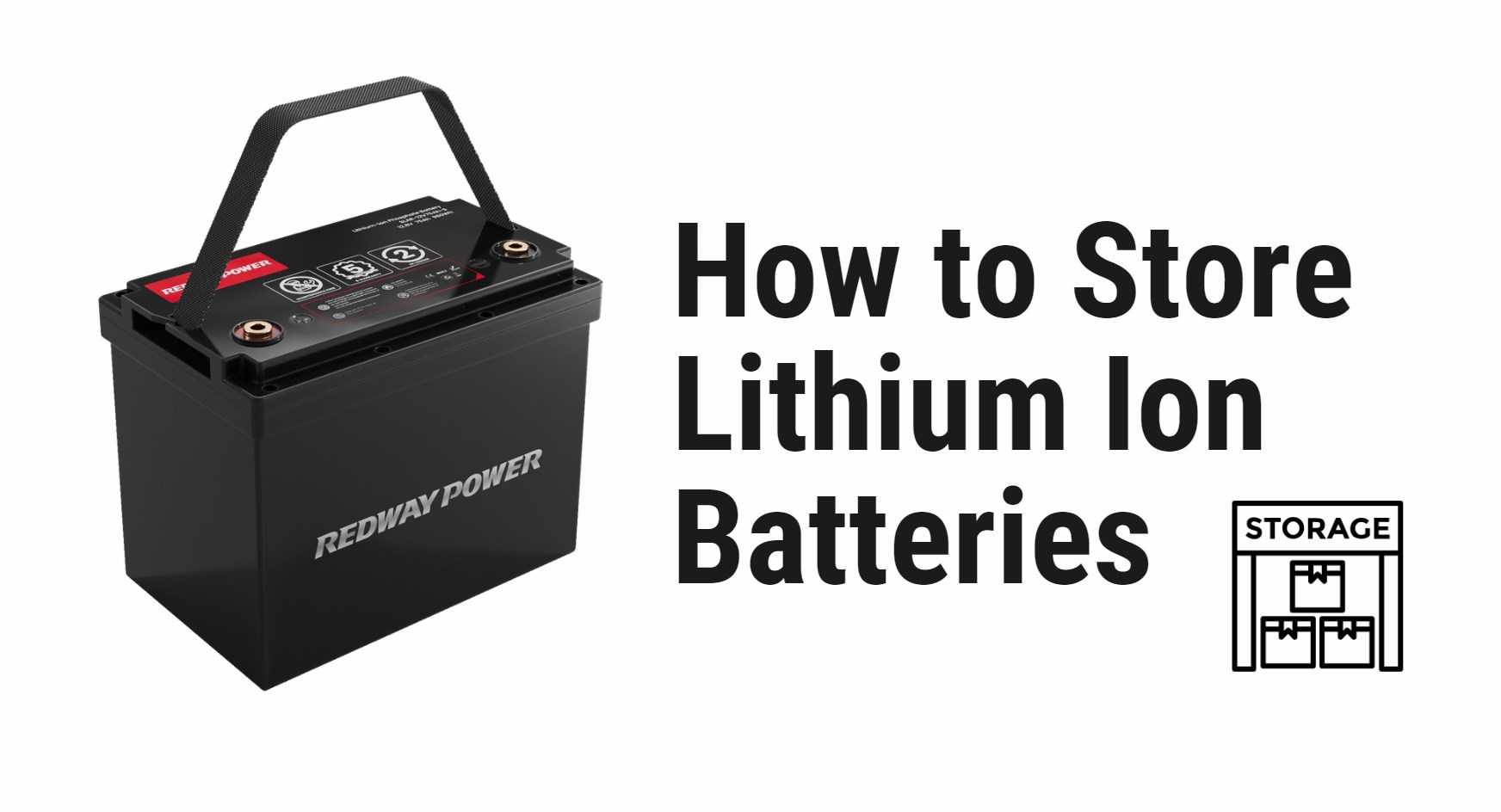In the realm of battery technology, lithium-ion batteries stand out for their efficiency, longevity, and energy density. However, to maximize their lifespan and ensure safety, proper storage is essential. Storing lithium-ion batteries correctly can prevent degradation, minimize risks, and maintain performance. This comprehensive guide will provide you with in-depth knowledge on how to store lithium-ion batteries effectively.
Best Practices for Storing Lithium-Ion Batteries
Ideal Storage Conditions
Lithium-ion batteries should be stored in environments with controlled temperature and humidity:
- Temperature: Maintain a range between 5°C to 15°C for optimal storage. Avoid extremes, as both high and low temperatures can degrade battery performance.
- Humidity: Keep humidity levels moderate to prevent moisture damage, ideally below 75%.
State of Charge
- Charge Level: Store batteries at a moderate state of charge, ideally between 40% to 50%. This range minimizes stress on the battery and prevents over-discharge or overcharging issues.
Storage Environment
- Dry and Ventilated: Store batteries in a dry area free from corrosive gases. Ventilation helps in maintaining temperature consistency and reduces the risk of condensation.
- Fire Safety: Avoid storing near heat sources or flammable materials. Use fireproof containers for added safety.
Long-Term vs. Short-Term Storage
Different storage durations require specific maintenance routines:
- Short-Term: If storing for a few weeks, ensure the battery is adequately charged (around 50%). Regular checks are recommended.
- Long-Term: For extended storage periods, perform a charge/discharge cycle every three months to maintain battery health and prevent capacity degradation.
Handling and Safety Tips
To ensure safety and prolong battery life:
- Protection: Use insulated storage containers or bags to prevent physical damage and short circuits.
- Avoid Damage: Do not expose batteries to extreme conditions like direct sunlight, water, or high humidity environments.
- Regular Inspections: Check batteries periodically for any signs of damage or abnormal behavior, such as swelling or leakage.
FAQs About Lithium Batteries
Self-Discharge Rate
Lithium-ion batteries typically self-discharge at a rate of 3% to 5% per month, influenced by temperature and battery design.
Temperature Range
Operational temperature ranges for lithium-ion batteries vary from -20°C to +55°C, with charging usually limited to +0°C to +45°C.
Battery Life Expectancy
Under optimal conditions, lithium-ion batteries can endure up to 1,000 charge cycles before capacity diminishes significantly.
Conclusion
Proper storage of lithium-ion batteries is essential to maintain safety, functionality, and longevity. By following these guidelines provided by Redway Battery, you can ensure your batteries remain reliable and safe for use, whether for personal devices or industrial applications. For more information on lithium-ion battery storage and management, visit our website or contact us directly. We are committed to providing you with the knowledge and products you need for safe and efficient power solutions.





